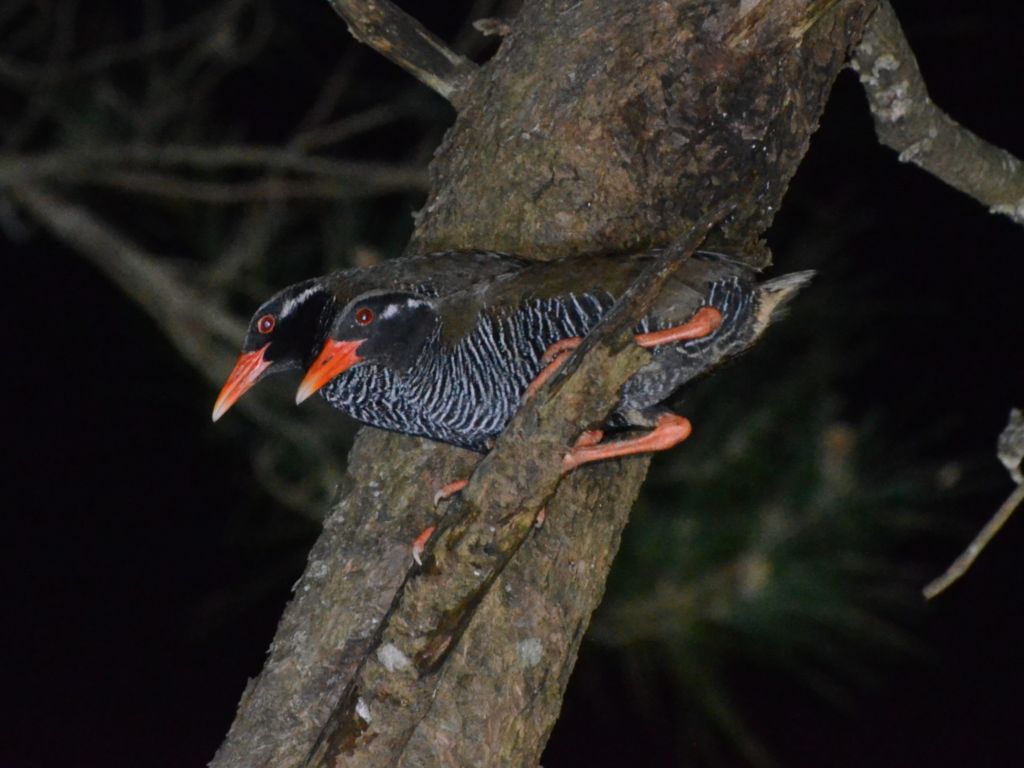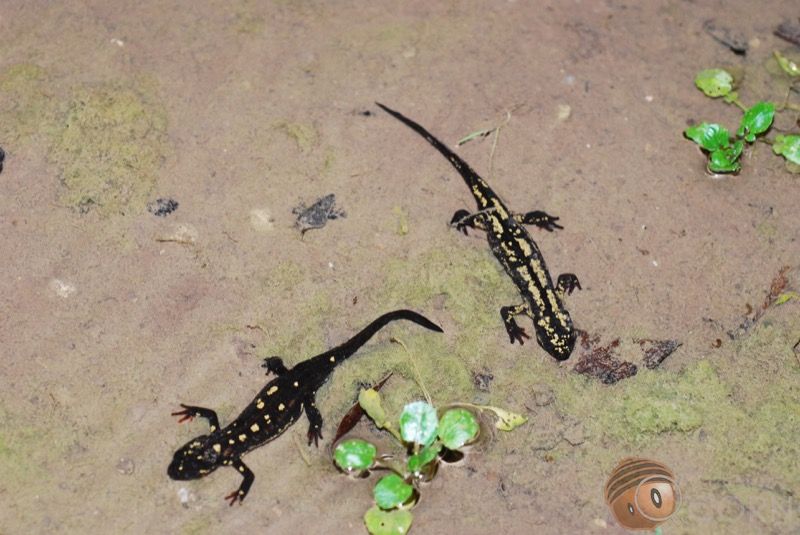Important Notes
For the Protection of Wildlife
- Drive slowly to prevent roadkill.
- Follow Japanese regulations: Do not touch protected species, including designated Natural Monuments.
- Do not capture or remove wildlife from their natural habitat. Take photos on-site without disturbing the animals.
- For certain species, follow the guide’s instructions and limit flash usage to minimize stress on the animals.
- Do not enter private trails or restricted forest roads without permission from the management authorities.
- Avoid publicly sharing the locations of rare species sightings online.
For a Better Experience
- Please book your tour as early as possible to secure your preferred schedule.
- Okinawan biting midges (Simuliinae) cause extremely itchy and painful bites. Regardless of the weather, it is recommended to wear lightweight long-sleeved shirts and long pants to avoid skin exposure and apply insect repellent.
- Many areas in Kunigami Village have no stores, so please prepare enough water and food in advance.
- When contacting us, please try to do so from the western settlements of Kunigami Village, as there is often no signal in the mountains and on the eastern side.
- For safety reasons, please wear closed-toe shoes.
- Flashlights and rubber boots are available for night tours. Please inform the guide of your shoe size (cm) in advance.
How to Book
- Currently, bookings for this tour can only be made through the official website or direct messages, as it is not available on travel platforms.
- Please contact me via FB, Line, WhatsApp, or the Google form below:
- Private Tour / Night Birding / Herping
- Preferred date /Tour You Wish to Join
- Number of Adults (High School and Above) and Children (Junior High and Below)
- Please confirm the time and location to meet.
Important Notes After Booking
- Payment: Tours may be canceled due to weather conditions. To minimize hassle, we do not require a deposit. Please pay the guide in cash on the day of the tour. If you need a receipt, let us know in advance.
- Cancellation Policy: Since we do not take deposits, there are no cancellation fees. However, last-minute cancellations mean a loss of potential work for us. Please avoid canceling at the last minute, and if you must cancel, inform us as early as possible.
- Rain Policy: Tours will be canceled in case of heavy rain or typhoons. However, light rain often improves the chances of spotting amphibians and reptiles, so herping tours will not be canceled.
FAQs
- Do I have to stay in Kunigami Village?→ Kunigami Village has the highest concentration of endemic species. If you stay outside the village, travel time will be at least 1 hour each way. Driving after a night tour may also be tiring.
- Where is the best place to stay?→ If you don’t have a car, we recommend staying at Okuma Resort. For accommodations in eastern Kunigami, we recommend Yambaru Discovery Forest or Ada Garden Hotel.
- How many days should I plan for?→ We recommend staying at least 2 nights to allow ample time for wildlife observation.
- Can the tour start time be adjusted?→ Yes! Let us know if you need to adjust the schedule.
FAQs
- Can you guarantee sightings of specific species?→ Wildlife is unpredictable, so we cannot guarantee sightings.
- I don’t drive—do you offer transportation from Naha?→ We recommend taking the highway bus to Nago, where we can pick you up (priced as a private tour).
- When is the best season for birdwatching?→ March to May is the breeding season, making it easier to spot endemic birds.
- What are some endemic bird species in Okinawa?→ Okinawa rail, Okinawa robin, and Okinawa woodpecker.
- Can you arrange school trips or nature tours to Amami (or other islands)?→ Yes! We can arrange customized tours. Please contact us directly via FB or other platforms!
Yambaru Tours
Private tour
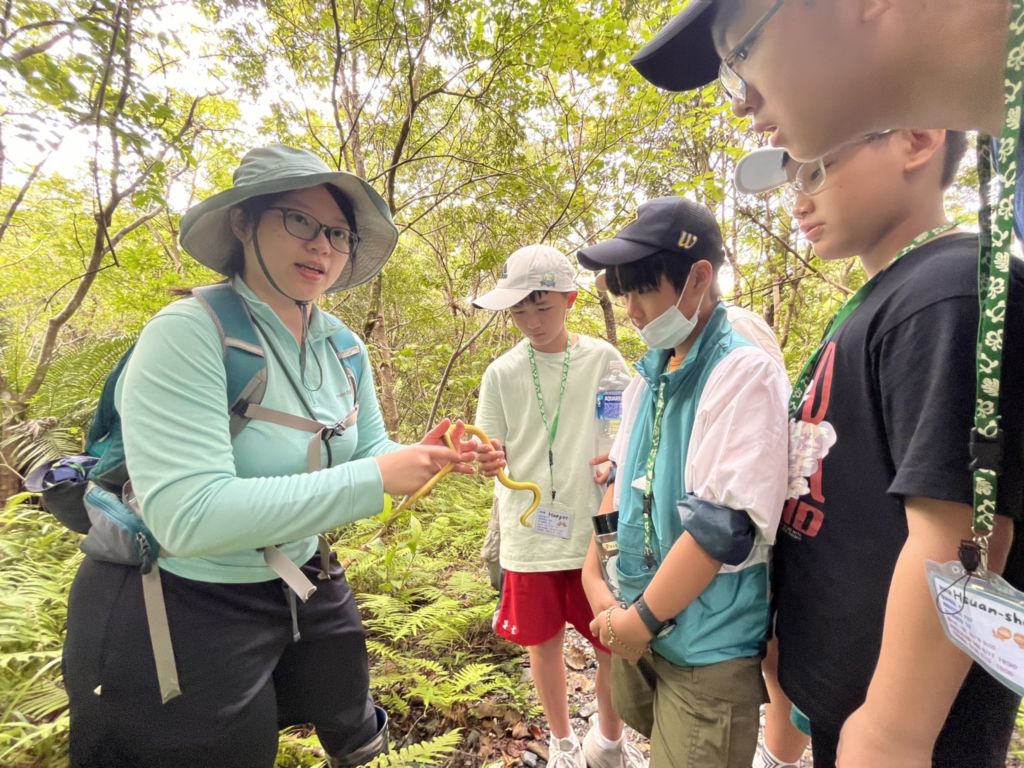
- We can arrange and provide translation for group trips, daytime birdwatching tours, cultural exchanges with locals, and private transportation within Kunigami Village.
- Fee: 5,000 JPY per hour (excludes entrance fees)
- Minimum fee: 30,000 JPY (applicable for night tours with 7 or more participants)
Other Island Tours
Ishigaki & Iriomote Island
Iriomote Island is another island designated as a World Natural Heritage site. Its biodiversity belongs to the South Ryukyu region, differing from Okinawa Island, Tokunoshima, and Amami Oshima, which are part of the Central Ryukyu region. Instead, Iriomote’s ecosystem is more closely related to Taiwan, making it an ideal destination for a 4–5-day wildlife trip.
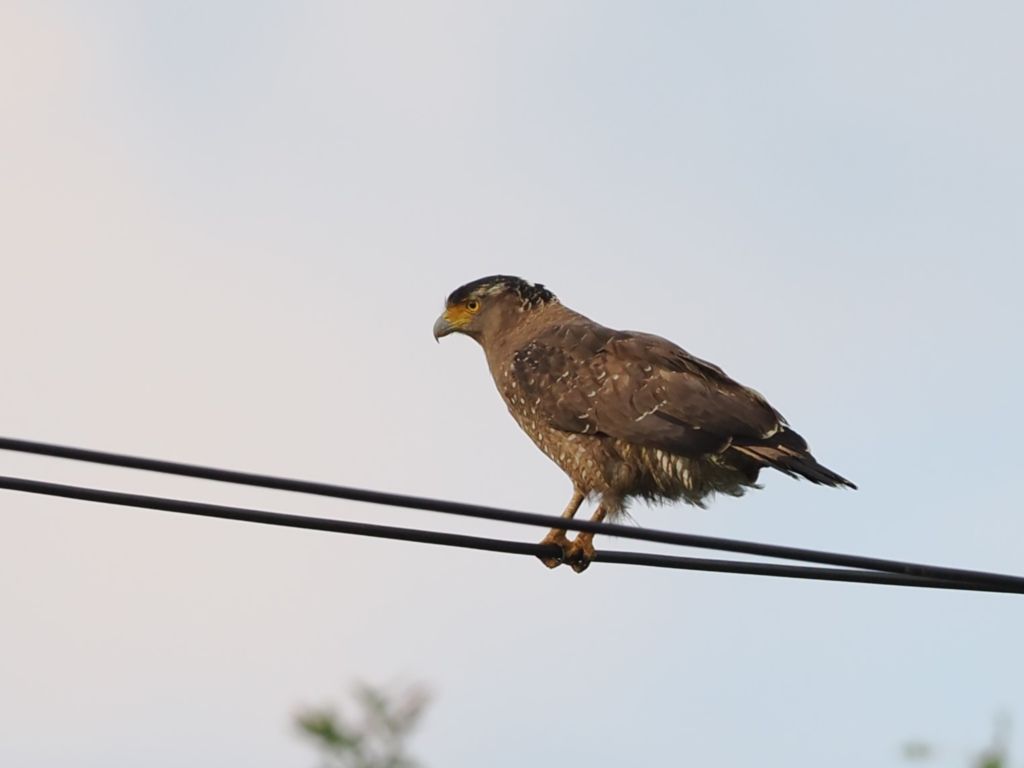
Amami Oshima
Amami Oshima is highly recommended for ecological observation. In addition to the rare Amami rabbit, the island is home to endemic bird species such as the Ryukyu jay, Amami woodcock, and Amami thrush. The island’s amphibians also differ from those found on Okinawa. A flight from Okinawa takes only about an hour.
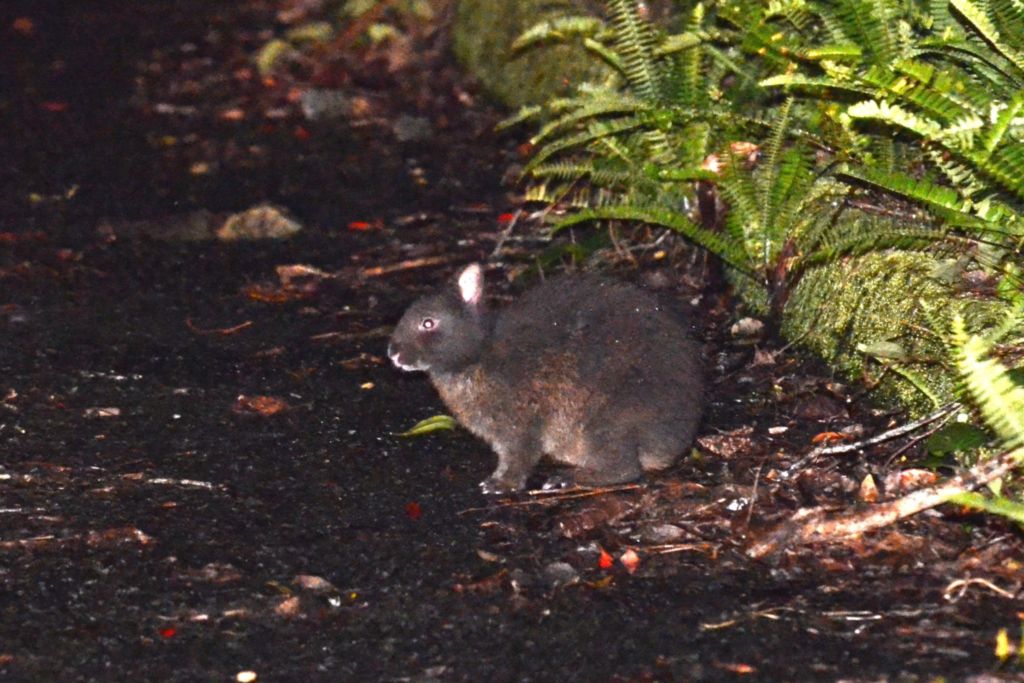
Other Remote Islands
Beyond the four islands designated as World Natural Heritage sites, the Ryukyu Archipelago is home to many endemic species. For example, geckos of the genus Goniurosaurus have evolved into distinct species on different islands. Interested in observing these unique creatures but unsure how to book a trip to the remote islands? Let Wanyu guide you!
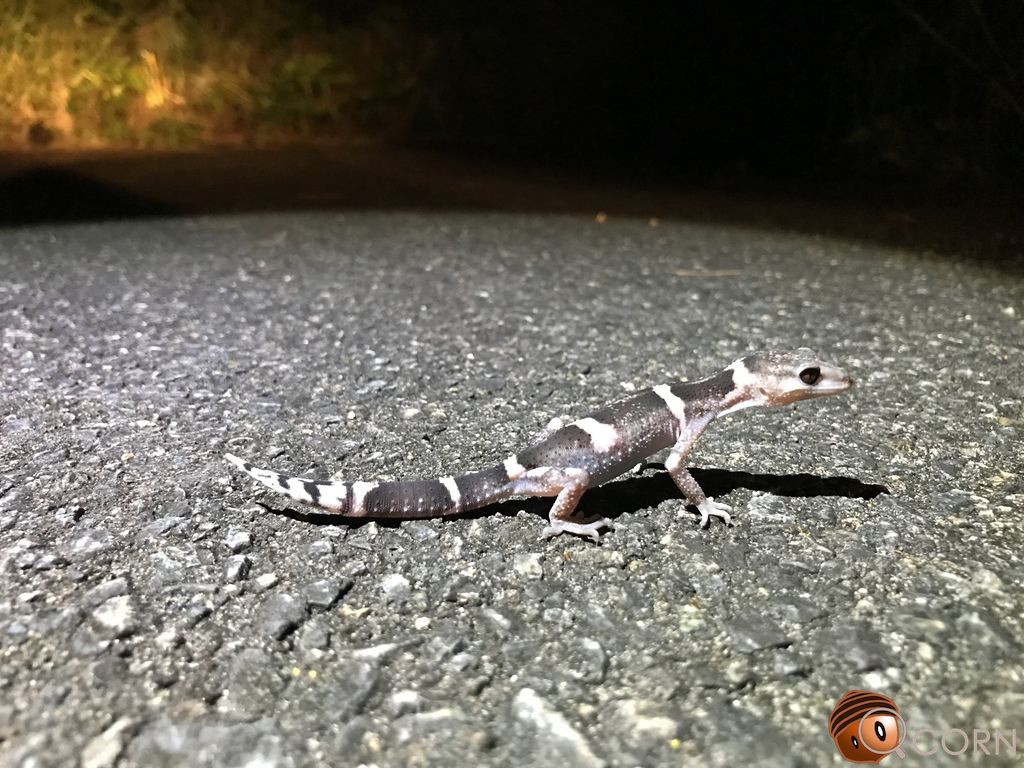
June 2025
| Monday | Tuesday | Wednesday | Thursday | Friday | Saturday | Sunday |
|---|---|---|---|---|---|---|
|
Sunday 06-01
1
|
||||||
|
Monday 06-02
2
|
Tuesday 06-03
3
|
Wednesday 06-04
4
|
Thursday 06-05
5
|
Friday 06-06
6
|
Saturday 06-07
7
|
Sunday 06-08
8
|
|
Monday 06-09
9
|
Tuesday 06-10
10
|
Wednesday 06-11
11
|
Thursday 06-12
12
|
Friday 06-13
13
|
Saturday 06-14
14
|
Sunday 06-15
15
|
|
Monday 06-16
16
|
Tuesday 06-17
17
|
Wednesday 06-18
18
|
Thursday 06-19
19
|
Friday 06-20
20
|
Saturday 06-21
21
|
Sunday 06-22
22
|
|
Monday 06-23
23
|
Tuesday 06-24
24
|
Wednesday 06-25
25
|
Thursday 06-26
26
|
Friday 06-27
27
|
Saturday 06-28
28
|
Sunday 06-29
29
|
|
Monday 06-30
30
|
July 2025
| Monday | Tuesday | Wednesday | Thursday | Friday | Saturday | Sunday |
|---|---|---|---|---|---|---|
|
Tuesday 07-01
1
|
Wednesday 07-02
2
|
Thursday 07-03
3
|
Friday 07-04
4
|
Saturday 07-05
5
|
Sunday 07-06
6
|
|
|
Monday 07-07
7
|
Tuesday 07-08
8
|
Wednesday 07-09
9
|
Thursday 07-10
10
|
Friday 07-11
11
|
Saturday 07-12
12
|
Sunday 07-13
13
|
|
Monday 07-14
14
|
Tuesday 07-15
15
|
Wednesday 07-16
16
|
Thursday 07-17
17
|
Friday 07-18
18
|
Saturday 07-19
19
|
Sunday 07-20
20
|
|
Monday 07-21
21
|
Tuesday 07-22
22
|
Wednesday 07-23
23
|
Thursday 07-24
24
|
Friday 07-25
25
|
Saturday 07-26
26
|
Sunday 07-27
27
|
|
Monday 07-28
28
|
Tuesday 07-29
29
|
Wednesday 07-30
30
|
Thursday 07-31
31
|
August 2025
| Monday | Tuesday | Wednesday | Thursday | Friday | Saturday | Sunday |
|---|---|---|---|---|---|---|
|
Friday 08-01
1
|
Saturday 08-02
2
|
Sunday 08-03
3
|
||||
|
Monday 08-04
4
|
Tuesday 08-05
5
|
Wednesday 08-06
6
|
Thursday 08-07
7
|
Friday 08-08
8
|
Saturday 08-09
9
|
Sunday 08-10
10
|
|
Monday 08-11
11
|
Tuesday 08-12
12
|
Wednesday 08-13
13
|
Thursday 08-14
14
|
Friday 08-15
15
|
Saturday 08-16
16
|
Sunday 08-17
17
|
|
Monday 08-18
18
|
Tuesday 08-19
19
|
Wednesday 08-20
20
|
Thursday 08-21
21
|
Friday 08-22
22
|
Saturday 08-23
23
|
Sunday 08-24
24
|
|
Monday 08-25
25
|
Tuesday 08-26
26
|
Wednesday 08-27
27
|
Thursday 08-28
28
|
Friday 08-29
29
|
Saturday 08-30
30
|
Sunday 08-31
31
|
September 2025
| Monday | Tuesday | Wednesday | Thursday | Friday | Saturday | Sunday |
|---|---|---|---|---|---|---|
|
Monday 09-01
1
|
Tuesday 09-02
2
|
Wednesday 09-03
3
|
Thursday 09-04
4
|
Friday 09-05
5
|
Saturday 09-06
6
|
Sunday 09-07
7
|
|
Monday 09-08
8
|
Tuesday 09-09
9
|
Wednesday 09-10
10
|
Thursday 09-11
11
|
Friday 09-12
12
|
Saturday 09-13
13
|
Sunday 09-14
14
|
|
Monday 09-15
15
|
Tuesday 09-16
16
|
Wednesday 09-17
17
|
Thursday 09-18
18
|
Friday 09-19
19
|
Saturday 09-20
20
|
Sunday 09-21
21
|
|
Monday 09-22
22
|
Tuesday 09-23
23
|
Wednesday 09-24
24
|
Thursday 09-25
25
|
Friday 09-26
26
|
Saturday 09-27
27
|
Sunday 09-28
28
|
|
Monday 09-29
29
|
Tuesday 09-30
30
|
October 2025
| Monday | Tuesday | Wednesday | Thursday | Friday | Saturday | Sunday |
|---|---|---|---|---|---|---|
|
Wednesday 10-01
1
|
Thursday 10-02
2
|
Friday 10-03
3
|
Saturday 10-04
4
|
Sunday 10-05
5
|
||
|
Monday 10-06
6
|
Tuesday 10-07
7
|
Wednesday 10-08
8
|
Thursday 10-09
9
|
Friday 10-10
10
|
Saturday 10-11
11
|
Sunday 10-12
12
|
|
Monday 10-13
13
|
Tuesday 10-14
14
|
Wednesday 10-15
15
|
Thursday 10-16
16
|
Friday 10-17
17
|
Saturday 10-18
18
|
Sunday 10-19
19
|
|
Monday 10-20
20
|
Tuesday 10-21
21
|
Wednesday 10-22
22
|
Thursday 10-23
23
|
Friday 10-24
24
|
Saturday 10-25
25
|
Sunday 10-26
26
|
|
Monday 10-27
27
|
Tuesday 10-28
28
|
Wednesday 10-29
29
|
Thursday 10-30
30
|
Friday 10-31
31
|
